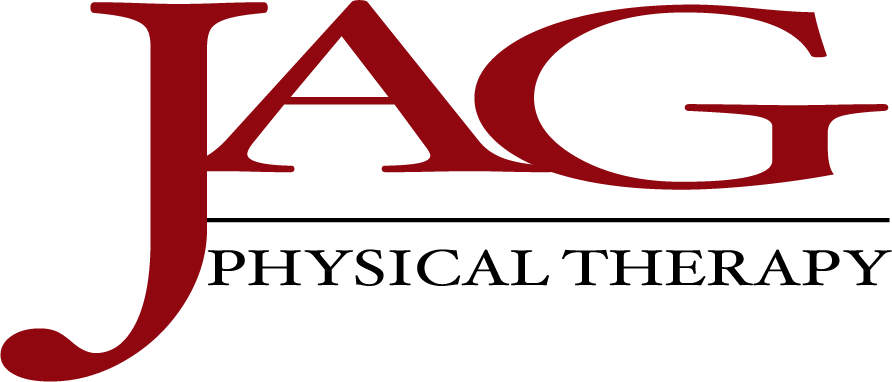Physical Therapy to Relieve Overactive Bladder Syndrome
People with a healthy urinary bladder can expect to feel the need to urinate after drinking beverages, several times a day, and with only a moderate amount of discomfort at worst. However, overactive bladder syndrome makes these ordinary urges much more frequent and difficult to deal with, to the point that it interferes with daily activities.
People with overactive bladder syndrome may feel an excessive need to urinate at any time of day or night and can develop some degree of urinary incontinence – it is an inconvenient, potentially embarrassing, and even distressing condition, but the good news is that relief is available. JAG Physical Therapy’s pelvic floor therapy program provides people with overactive bladder syndrome with fast, effective, and long-lasting relief from symptoms in a minimally invasive way. Read on to learn more about overactive bladder symptoms and treatment, or book your initial appointment with JAG PT or find your nearest clinic location today.
What Causes Overactive Bladder Syndrome?
Overactive bladder syndrome is a group of symptoms, not a specific disease or condition with a single cause. Therefore, it can result from a vast array of unrelated medical conditions. For example, it can be a side effect of medication, or of alcohol or caffeine, which are both diuretics. There may be a hormonal cause – overactive bladder is a symptom of reduced estrogen levels, meaning it can be seen in those undergoing menopause.
Overactive bladder can also have musculoskeletal causes within the pelvis, such as childbirth, pelvic surgery, physical trauma from an accident, or pelvic muscle tension. The final group of major causes of overactive bladder is neurological, such as Parkinson’s disease, stroke, diabetic neuropathy, and multiple sclerosis.
Overactive Bladder Syndrome Symptoms
The four primary hallmarks of overactive bladder are increases in urgency, frequency in urination, nocturia (the need to urinate at night), and incontinence risk.
There is no objective scale for urinary urgency, but people with overactive bladder syndrome report greater discomfort when holding urine in and a greater degree of anxiety and subjective feeling of “need to go”. Abnormally frequent urination (that is, more than eight times in an average day) is a clear indicator of OAB, and can prove disruptive to daily life as sufferers have to interrupt activities to use the bathroom and may resort to planning their days around restroom access.
Nocturia becomes a problem when it repeatedly interrupts sleep, and people with overactive bladder syndrome often complain of waking up at night and losing out on rest because of the need to urinate. Finally, incontinence associated with OAB tends to be in the form of urge incontinence – involuntarily urinating because the physical sensations, urgency, and discomfort are simply too much to bear. Symptoms like these can take a heavy mental toll as well, with fear of urinary leakage a common worry.
How Pelvic Floor Physical Therapy Can Help Overactive Bladder Syndrome
People with overactive bladder syndrome need answers for this condition to return to their normal lifestyle. Fortunately, physical therapy has been proven to offer relief for many individuals with OAB, and JAG PT is ready to help all overactive bladder patients alleviate their symptoms quickly and over the long term.
At JAG Physical Therapy, our compassionate and exceptionally skilled pelvic therapists are adept at helping people with OAB get control of their bladders back. We train patients in safe, effective, easy pelvic floor exercises that are easy to keep up with and that can have incredible results in reducing sensations of overfullness and urgency, making holding in urine easier, and reducing anxiety about overactive bladder.
Furthermore, we specialize in techniques such as biofeedback and rehabilitative ultrasound imaging, aiding understanding and conscious control over the bladder, and we’re committed to patient education about practical, everyday means of condition management.
Contact JAG PT today for more information on how our pelvic floor program assists people with overactive bladder syndrome, or schedule an appointment at any time to get started with us.

